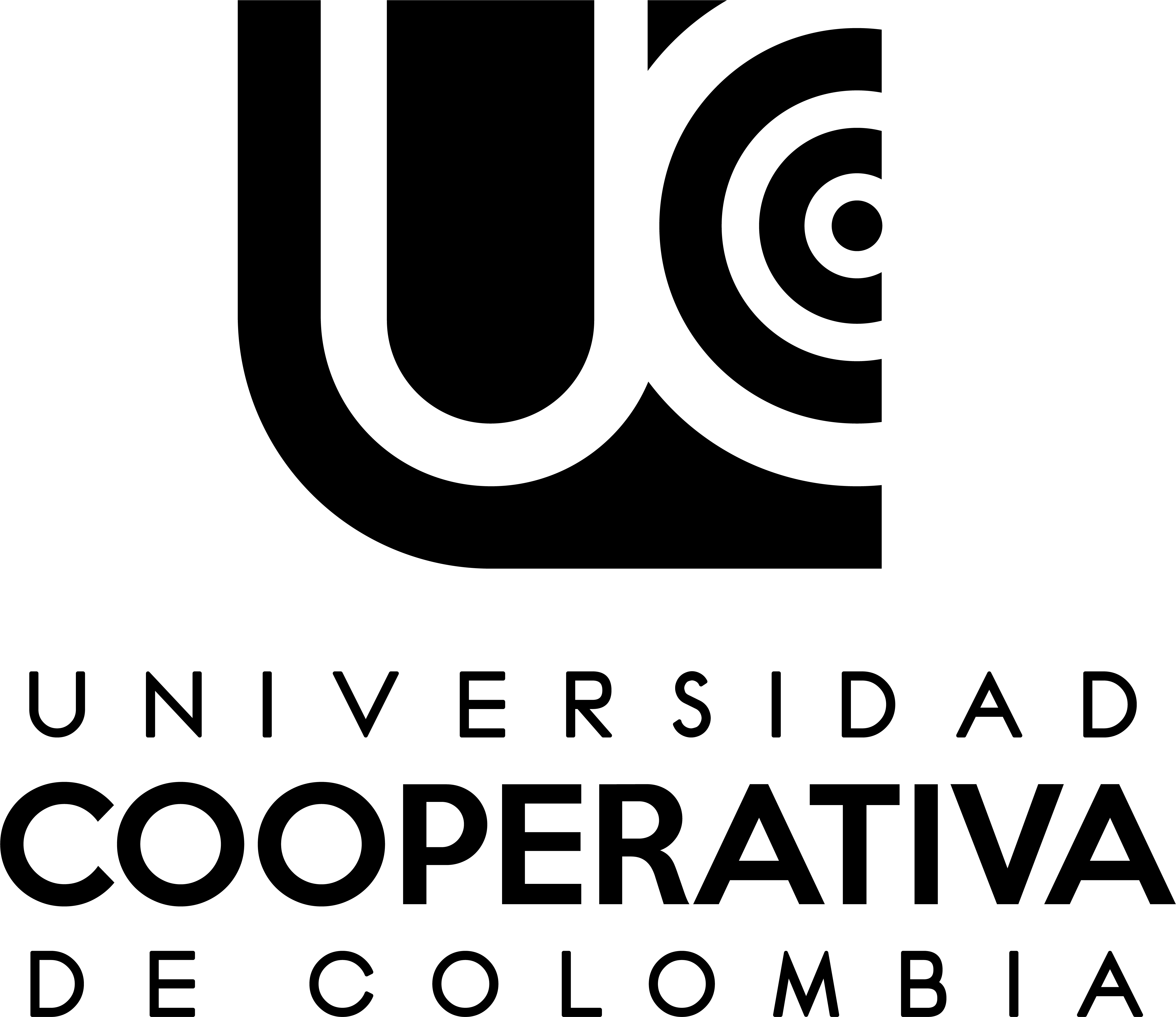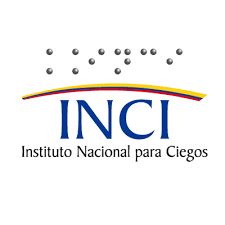Laboratory-scale hydrodynamic cavitation assessment for the disinfection of filtered water in the municipality of Florencia- Caquetá
Universidad Libre de Colombia (Bogotá-Distrito Capital, Colombia)
email: stefanyj-angela@unilibre.edu.co
Universidad Libre de Colombia (Bogotá-Distrito Capital, Colombia)
email: rafaeln.agudelov@unilibre.edu.co
Introduction:
This article is the product of the research “Laboratory-scale hydrodynamic cavitation assess-ment for the disinfection of filtered water in the municipality of Florencia- Caquetá”, carried out at the University of the Amazon - Macagual Research Headquarters between 2018 and 2019.
Problem: Due to the cost of chemical inputs for disinfection and the lack of trained personnel for the operation of purification systems, it is necessary to search for alternatives that require fewer chemical products and ease of operation to ensure the microbiological quality of the water supplied to the population.
Objective: To evaluate, at a laboratory scale, the efficiency of a hydrodynamic cavitation reactor in terms of reducing the concentration of fecal coliforms for water disinfection in the municipality.
Methodology: In order to explore the results of the proposed alternative and its statistical analysis, a type 32 factorial experimental design is used, in which the variables or factors were the initial pH of the filtered water and the diameter of the venturi throat.
Results: They indicate that for a smaller diameter of the throat of the Venturi 0.00635 m (0.125 inches) and initial pH of the water of 8.5, 98.62% removal of fecal coliforms is achieved in the filtered water.Conclusion: The maximum percentage of removal of E. coli reached was 98.62%, which is why this technique should not be considered as a single treatment for water disinfection.
Originality: In the present case, the evaluation of the CH for the disinfection of filtered water is carried out for a population that has difficulties with its supply of chemical inputs for water purification.Limitations: Due to its jungle location, the municipality is vulnerable to the evolution and development of tech-nological advances in regard to detailed treatments and studies in water disinfection
J. S.S. Save A.B. Pandit, “Microbial cell disruption: role of cavitation,” The Chemical Engineering Journal and the Biochemical Engineering Journal, vol. 62, pp. 1-3, 1994, doi: https://doi.org/10.1016/0923-0467(94)06062-2
Corpoamazonia, Plan de Ordenacion de Manejo de la Cuenca de Rio Hacha, Florencia Caqueta, pp. 222-255, 2004. [Online]. Available: https://www.corpoamazonia.gov.co
“Servaf Empresas De Servicios Florencia,” pp. 1-5, 2018. [Online]. Available: https://www.ser-vaf.com/wps/servicios/acueducto.html.
Y. C. Vanegas Cediel, “Caracterización de cultura tributaria en estudiantes de grado noveno,” Rev. vínculos, vol. 13, no. 2, pp. 173–183, dic. 2016, doi: https://doi.org/10.14483/2322939X. 11891
D. Wu, H. You, R. Zhang, C. Chen, D.-J. Lee,, “Ballast waters treatment using UV/ Ag–TiO2 + O3 advanced oxidation process with Escherichia coli and Vibrio alginolyticus as indicator microorganisms,” Chem. Eng., vol. 174, pp. 714-718, 2011, doi: http://dx.doi.org/10.1016/j.cej.2011.09.087.
L.F. Martínez, M.M. Mahamud, A.G. Lavín, J.L. Bueno, “Evolution of phytoplankton cultures after ultraviolet light treatment,” Mar. Pollut. Bull., vol. 64, pp. 556-562, 2012, doi: http://dx.doi.org/10.1016/j.marpolbul.2011.12.021.
Z.-L. Wu, B. Ondruschka, P. Bräutigam, “Degradation of chlorocarbons driven by hydrodynam-ic cavitation,” Chem. Eng. Technol. , vol. 30, pp. 642-648, 2007, doi: http://dx. doi.org/10.1002/ceat.200600288.
P. Braeutigam, M. Franke, Z.-L. Wu, B. Ondruschka, “Role of different parameters in the optimi-zation of hydrodynamic cavitation,” Chem Eng Technol, pp. 932-940, 2010, doi: http://dx.doi.org/10.1002/ceat.201000021.
S. Arrojo, C. Nerín, Y. Benito, “Application of salicylic acid dosimetry to evaluate hydrodynamic cavitation as an advanced oxidation process,” Ultrason. Sonochem., vol. 14, pp. 343-349, 2007, doi:http://dx.doi.org/10.1016/j. ultsonch.2006.06.007.
K.P. Mishra, P.R. Gogate, “Intensification of degradation of Rhodamine B using hydrodynamic cavitation in the presence of additives,” Purif. Technol., vol. 75, pp. 385-391, 2010, doi: http://dx.doi.org /10.1016/j.seppur.2010.09.008.
A. Šarc, T. Stepišnik-Perdih, M. Petkovšek, M. Dular, “The issue of cavitation number value in studies of water treatment by hydrodynamic cavitation,” Ultrason. Sonochem., vol. 34, pp. 51-59, 2017, doi: http://dx.doi.org/10.1016/j. ultsonch.2016.05.020.
R.K. Joshi, P.R. Gogate, “Degradation of dichlorvos using hydrodynamic cavitation based treatment strategies,” Ultrason. Sonochem. , vol. 19, pp. 532-539, 2012, doi: http://dx.doi.org/10.1016/j.ultsonch.2011.11.005
S. Arrojo, Y. Benito, “A theoretical study of hydrodynamic cavitation,” Ultrason. Sonochem, vol. 15, pp. 203-.211, 2008, doi: http://dx.doi.org/10.1016/j. ultsonch.2007.03.007.
K.K. Jyoti, A.B. Pandit, “Hybrid cavitation methods for water disinfection: simultaneous use of chemicals with cavitation,” Ultrason. Sonochem. , vol. 10, pp. 255-264, 2003, doi: http://dx.doi.org/10.1016/S1350-4177(03)00095-6.
M. Petkovšek, M. Zupanc, M. Dular, T. Kosjek, E. Heath, B. Kompare, et al, “Rotation generator of hydrodynamic cavitation for water treatment,” Purif. Technol. , no. 118, pp. 415-423, 2013, doi: http://dx.doi.org/10.1016/j.seppur.2013.07.029.
M.P. Badve, T. Alpar, A.B. Pandit, P.R. Gogate, L. Csoka, “Modeling the shear rate and pres-sure drop in a hydrodynamic cavitation reactor with experimental validation based on KI decomposition studies,” Ultrason. Sonochem., no. 22, pp. 272-277, 2015, doi: http://dx.doi.org/10.1016/j.ultsonch.2014.05.017.
K.K. Jyoti, A.B. Pandit, “Ozone and cavitation for water disinfection,” Biochemestry. Eng. Journal, vol. 18, pp. 9-19, 2004, doi: http://dx.doi.org/10.1016/S1369-703X(03)00116-5.
K.K. Jyoti, A.B. Pandit, “Water disinfection by acoustic and hydrodynamic cavitation,” Biochem. Eng. J. , vol. 7, pp. 201-212, 2001.
S. Shivram, A. Chandrashekar, V. Krishnamurthy, C. Gaonkar, “Effect of hydrodynamic cavita-tion on zooplankton: a tool for disinfection,” Biochemestry. Eng. Journal, no. 42, pp. 320-328, 2008, doi: http://dx.doi.org/10.1016/j.bej.2008.08.001.
H. Sati, M. Mitra, S. Mishra & P. Baredar, “Microalgal lipid extraction strategies for biodies-el production: A review,” Algal Research, vol. 38, p. 101413, January 2019, doi: https://doi.org/10.1016/j.algal.2019.101413
K. E. Preece, N. Hooshyar, A.J. Krijgsman, P.J. Fryer, & N.J. Zuidam, “Intensification of protein ex-traction from soybean processing materials using hydrodynamic cavitation.,” Innovative Food Science and Emerging Technologies, vol. 41, pp. 47-55, 2017, doi: https://doi.org/10.1016/j.ifset.2017.01.002
D. Liu, L. Ding, J. Sun, N. Boussetta & E. Vorobiev, “Yeast cell disruption strategies for recovery of intracellular bio-active compounds — A review,” Innovative Food Science and Emerging Technologies, vol. 36, p. 181–192, 2016, doi: https://doi.org/10.1016/j.ifset.2016.06.017
J. Y. Sim, S.L. Beckman, S. Anand & S.I. Martínez-Monteagudo, “Hydrodynamic cavitation cou-pled with thermal treatment for reducing counts of B. coagulans in skim milk concentrate,” Journal of Food Engineering, p. 293, 2021, doi: https://doi.org/10.1016/j.jfoodeng.2020.110382
A. P. Bhat, C.R. Holkar, A.J. Jadhav & D.V. Pinjari, “Acoustic and hydrodynamic cavitation as-sisted hydrolysis and valorisation of waste human hair for the enrichment of amino acids,” Ultrasonics Sonochemistry, p. 71, 2021, doi: https://doi.org/10.1016/j.ultsonch.2020.105368
AINIA, “La cavitacion aplicada al tratamiento de aguas, una solucion de eficiencia energetica,” 2012. [Online]. Available: https://www.ainia.es/tecnoalimentalia/tecnologia/la-cavitacion- aplicada-al-tratamiento-de-aguas-una-solucion-de-eficiencia energetica/.
M. Dular, T. Griessler-Bulc, I. Gutierrez-Aguirre, et. Al., “Use of hydrodynamic cavitation in (waste) water treatment,” Ultrasonics Sonochemistry, vol. 29, pp. 577-588, 2016, doi: https://doi.org/10.1016/j.ultsonch.2015.10.010
S. S. Sawant, A.C. Anil, V. Krishnamurthy, et. al. , “Effect of hydrodynamic cavitation on zoo-plankton: A tool for disinfection,” Biochemical Engineer, vol. 42 , no. 3, pp. 320-328, 2008, doi: https://doi.org/10.1016/j.bej.2008.08.001
X. Sun, J. Liu, L. Ji, G. Wang, S. Zhao, J.Y. Yoon & S. Chen, “A review on hydrodynamic cavitation disinfection: The current state of knowledge,” Science of The Total Environment, p. 737, 2020, doi: https://doi.org/10.1016/j.scitotenv.2020.139606
S.D. Sharma, K. Mani, V.H. Arakeri, “Cavitation noise studies on marine propellers,” Journal of Sound and Vibration, vol. 138, no. 2, pp. 255-283, 1990, doi: https://doi.org/10.1016/0022-460X(90)90542-8
S. Arrojo, Y. Benito, A. Martinez Tarifa, “A parametrical study of disinfection with hydrodynam-ic cavitation,” Ultrasonics Sonochemistry, vol. 15, no. 5, pp. 903-908, 2008, doi: https://doi.org/10.1016/j.ultsonch.2007.11.001[31] L. Stuart, “Cavitacion Hidrodinamica,” vol. 10, pp. 202-211, 2011. [Online]. Available: http://cavitationtechnology.com/es/cavitationtech/hydrodynamic-.
E. B. F. Burzio, G.C.A. Bersani, R. Caridi, L. Vesipa, C. Ridolfi, Manes, “Water disinfection by orifice-induced hydrodynamic cavitation,” Ultrasonics Sonochemistry., vol. 60, pp. 338-344 january 2020, doi: https://doi.org/10.1016/j.ultsonch.2019.104740
K. Ilgook, L. Ilgyu, J. Seok Hwan, H. Taewoon, H. Jong-In, “Hydrodynamic cavitation as a nov-el pretreatment approach for bioethanol production from reed,” Bioresour Technol, p. 192, September 2015, doi: https://doi.org/10.1016/j.biortech.2015.05.038
D. E. Ferro Rodríguez, J. C. Castiblanco Rocha, R. N. Agudelo Valencia, y L. E. Ruiz Martínez, “Evaluación de un sistema de centrifugación para el secado de lodos generados en el trat-amiento de aguas residuales en la curtiembre El Escorpión del municipio de Villapinzón, Cundinamarca”, Revista Vínculos, vol. 16, no. 2, pp. 242–251, 2019, doi: https://doi.org/10.14483/2322939X.15188
Bin Liu, Jun Caia, Xiulan Huai, “Heat transfer with the growth and collapse of cavitation bubble between two parallel heated walls,” International Journal of Heat and Mass Transfer, vol. 78, pp. 830-838, November 2014, doi: https://doi.org/10.1016/j.ijheatmasstransfer.2014.07.050
L.S. Clesceri, E.W. Rice, R.B. Baird, A.D. Eaton, “Standard Methods for the Examination of Water and Wastewater,” American Public Health Association, American Water Works Association, vol. 22, pp 113-117, Water Environment Federation, 2012.
J. L. Ozonek, “Effect of different design features of the reactor on hydrodynamic cavitation process,” Archives of Materials Science, vol. 52, no. 2, pp. 112-117, December 2011. [Online]. Available: http://www.amse.acmsse.h2.pl/vol52_2/5226.pdf
Jitendra Carpenter, Mandar Badve, Sunil Rajoriya, Suja George, Virendra Kumar Saharan and Aniruddha B. Pandit, “Hydrodynamic cavitation: an emerging technology for the intensifica-tion of various chemical and physical processes in a chemical process industry,” Chemical Engineering, vol. 33, no. 5, 2016, doi: https://doi.org
/10.1515/revce-2016-0032
S. Kirti, V.M. Bhandari, J. Jena, G. Sorokhaibam, A. Bhattacharya, “Exploiting functionalities of biomass in nanocomposite development: application in dye removal and disinfection along with process intensification,” Clean Technol. Environ. Policy, pp. 981-994, 2018, doi: https://doi.org/10.1007/s10098-018-1519-1.
S. Kirti, V.M. Bhandari, J. Jena, A.S. Bhattacharyya, “Elucidating efficacy of biomass derived nanocomposites in water and wastewater treatment,” J. Environ. Manage. , pp. 95-105, 2018, doi: https://doi.org/10.1016/j.jenvman.2018.08.028
F. Agredo Satizábal. “Impacto de las TIC en la competitividad empresarial soportada por un modelo de educación digital”. Enfoque Disciplinario, vol. 4, no. 1, pp. 37-50. 2019, doi: http://enfoquedisciplinario.org /revista/index.php/enfoque/article/view/20
L. Durán Velásquez (2018). “Estrategia de gestión basada en el cuadro de mando integral para la empresa Herrametal C.A. ubicada en municipio Iribarren, Estado Lara”. Enfoque Disciplinario, 3(1), 49-71. Recuperado a partir de http://enfoquedisciplinario.org /revista/in-dex.php/enfoque/article/view/12
Copyright (c) 2021 Ingeniería Solidaria

This work is licensed under a Creative Commons Attribution 4.0 International License.
Cession of rights and ethical commitment
As the author of the article, I declare that is an original unpublished work exclusively created by me, that it has not been submitted for simultaneous evaluation by another publication and that there is no impediment of any kind for concession of the rights provided for in this contract.
In this sense, I am committed to await the result of the evaluation by the journal Ingeniería Solidaría before considering its submission to another medium; in case the response by that publication is positive, additionally, I am committed to respond for any action involving claims, plagiarism or any other kind of claim that could be made by third parties.
At the same time, as the author or co-author, I declare that I am completely in agreement with the conditions presented in this work and that I cede all patrimonial rights, in other words, regarding reproduction, public communication, distribution, dissemination, transformation, making it available and all forms of exploitation of the work using any medium or procedure, during the term of the legal protection of the work and in every country in the world, to the Universidad Cooperativa de Colombia Press.










